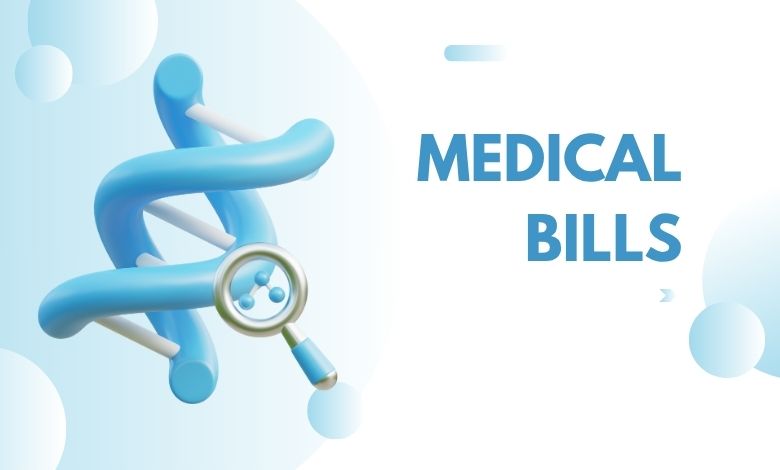Public vs. Private Health Insurance in the U.S.: What’s the Difference?

Health insurance is a vital part of accessing and affording healthcare in the United States. With healthcare costs among the highest in the world, most Americans rely on either public or private insurance to cover medical expenses. But what exactly is the difference between public and private health insurance—and which is better for you?
In this post, we’ll break down the key features, pros and cons, and how each type of insurance works in 2025.
1. Understanding Public Health Insurance
Public health insurance is funded and operated by federal or state governments. It’s designed to provide affordable or free healthcare coverage to specific groups, such as the elderly, low-income families, and military veterans.
Main Public Programs in the U.S.:
- Medicare: A federal program primarily for people aged 65 and older, and for younger individuals with certain disabilities.
- Medicaid: A joint federal-state program offering free or low-cost healthcare to low-income individuals and families.
- Children’s Health Insurance Program (CHIP): Covers children in families that earn too much to qualify for Medicaid but not enough for private insurance.
- Veterans Affairs (VA) Health Care: Offers medical benefits to eligible military veterans.
Pros of Public Insurance:
- Lower or no premiums for eligible participants
- Coverage for essential services, including hospital care, doctor visits, and prescription drugs
- No denial of coverage due to pre-existing conditions
- Expands access for vulnerable populations
Cons of Public Insurance:
- Limited provider choices compared to private plans
- Longer wait times for certain services in some areas
- Eligibility restrictions based on age, income, or disability
- Less flexibility in plan features and customization
2. Understanding Private Health Insurance
Private health insurance is offered by commercial insurance companies and can be purchased individually or through an employer. It’s the most common form of health coverage in the U.S., covering about 55% of Americans as of 2025.
Types of Private Insurance:
- Employer-Sponsored Insurance (ESI): Provided by companies to their employees, often subsidized by the employer.
- Marketplace Insurance: Available through the federal or state-run Health Insurance Marketplaces (created by the Affordable Care Act).
- Individual or Family Plans: Purchased directly from insurers for those not covered by an employer or public program.
Pros of Private Insurance:
- More provider choices and larger networks
- Faster access to specialists and elective procedures
- Customizable plans based on needs and budget
- Often includes additional perks, such as wellness programs or telehealth services
Cons of Private Insurance:
- Higher premiums, deductibles, and co-pays
- Complex plan structures, making comparisons difficult
- Coverage limitations and out-of-network penalties
- Possibility of underinsurance, where out-of-pocket costs are still high
3. Key Differences at a Glance
| Feature | Public Insurance | Private Insurance |
|---|---|---|
| Funding Source | Government (federal/state) | Employers or individuals |
| Eligibility | Based on age, income, or status | Open to all (some underwriting may apply) |
| Cost | Often low or no cost | Varies, can be expensive |
| Provider Access | More limited networks | Broader choice of providers |
| Flexibility | Fixed benefit structure | Range of plan options |
| Wait Times | Sometimes longer | Usually shorter |
4. Which One Is Right for You?
The choice between public and private insurance depends on your individual situation.
Public Insurance May Be Best If:
- You’re 65 or older (Medicare eligible)
- You meet income requirements (Medicaid or CHIP)
- You’re a veteran or active military (VA programs)
- You need basic coverage at low or no cost
Private Insurance May Be Best If:
- You have access to an employer-sponsored plan
- You’re self-employed or not eligible for public programs
- You want more provider flexibility and faster care
- You’re looking for supplemental coverage beyond public insurance
Some people even use both. For example, many seniors on Medicare also buy a Medigap or Medicare Advantage (private) plan to cover additional costs.
5. Future Trends in 2025 and Beyond
As of 2025, the healthcare landscape continues to evolve:
- Medicare drug price negotiations are starting to reduce out-of-pocket costs for seniors.
- More states have expanded Medicaid, increasing access.
- Some states are piloting public option plans to compete with private insurers.
- Telehealth integration has improved access across both public and private plans.
Both public and private insurers are under pressure to improve affordability, transparency, and equity. Policy debates continue over the long-term direction of U.S. healthcare, including proposals for a universal system or expanded public options.
Conclusion
Understanding the difference between public and private health insurance is key to making informed healthcare decisions. Each system has its own advantages and challenges, and the right choice depends on your financial situation, health needs, and eligibility.
Whether you qualify for a government program or choose a private plan, the most important step is to ensure you have adequate coverage that protects your health and financial well-being. As healthcare policy continues to evolve, staying informed and reviewing your options annually is essential for getting the most value from your coverage.



